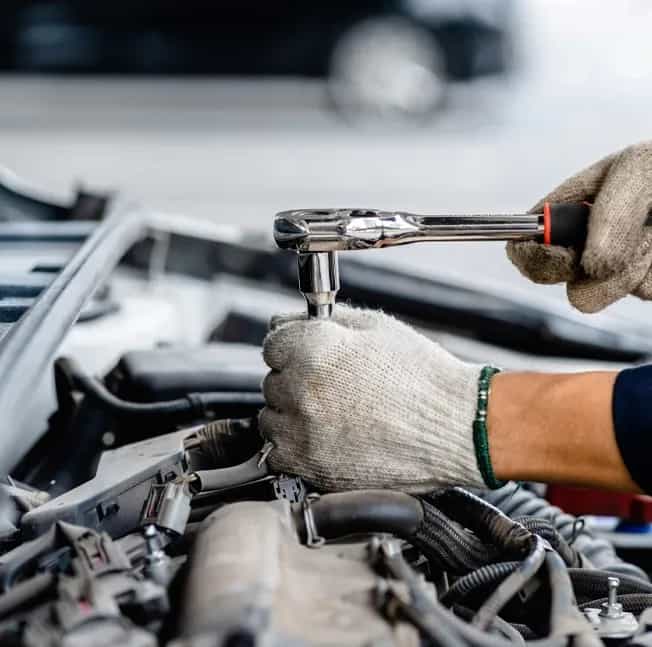Nov . 13, 2024 22:17 Back to list
dust sealing
The Importance of Dust Sealing in Industrial Applications
In various industrial sectors, the integrity of machinery and equipment is paramount for ensuring operational efficiency and longevity. One critical aspect that often goes overlooked is dust sealing. Dust sealing refers to the methods and technologies employed to prevent dust and particulate matter from entering sensitive equipment and work environments. The importance of effective dust sealing cannot be overstated, especially considering the numerous benefits it provides.
Understanding Dust Sealing
Dust seals come in various forms, ranging from simple physical barriers to advanced industrial sealing technologies. Materials used for dust sealing include rubber gaskets, seals made from thermoplastic elastomers, and specialized barriers designed to withstand extreme conditions. The choice of material and design will depend on the specific requirements of the equipment and the environment in which it operates. For example, heavy machinery in a construction site will demand a more robust sealing solution compared to instruments in a cleanroom environment.
The Dangers of Dust Ingress
Dust can adversely affect machinery, leading to increased wear and tear, overheating, and ultimately, equipment failure. In environments like manufacturing plants or mining operations, dust particles can infiltrate bearings, motors, and other crucial components, leading to malfunctions that are costly to repair. Additionally, dust accumulation can result in safety hazards, as slippery surfaces and reduced visibility can increase the risk of accidents.
Moreover, certain industries, particularly pharmaceuticals and food production, are required to maintain strict hygiene standards. The presence of dust can compromise product quality and lead to non-compliance with regulatory standards. As a result, effective dust sealing is not just an operational consideration but a critical component of quality assurance in these sectors.
Economic Implications
dust sealing

Implementing proper dust sealing strategies can have significant economic implications for businesses. The initial investment in quality dust sealing solutions may seem substantial, but the long-term savings are undeniable. By reducing the frequency of equipment breakdowns and unplanned maintenance, companies can minimize downtime, enhance productivity, and improve their bottom line. Furthermore, maintaining equipment in optimal condition leads to lower energy consumption and reduced operational costs.
For example, an industrial facility that experiences frequent machinery breakdowns due to dust ingress may find itself facing escalated repair bills and lost production time. In contrast, a well-dusted sealed environment can operate smoothly, promoting efficient workflow and reducing unnecessary expenditures.
Best Practices for Dust Sealing
To ensure the effectiveness of dust sealing, businesses should adopt a few best practices. First, routine inspections and maintenance of seals should be conducted to identify any wear or damage promptly. Implementing a regular schedule for inspection can help in catching issues before they lead to significant failures.
Second, companies should invest in training employees to recognize the importance of dust sealing and the conditions that lead to dust accumulation. By fostering a culture of cleanliness, organizations can ensure that dust sealing measures are respected and maintained.
Finally, selecting the right dust sealing technology is crucial. This includes using high-quality materials suitable for the specific operational environment. Collaborating with reputable suppliers who understand the unique needs of your industry can lead to better outcomes and customized solutions.
Conclusion
In conclusion, dust sealing is a vital component of industrial operations that significantly impacts equipment longevity, safety, and overall productivity. By investing in proper dust sealing technologies and implementing best practices, companies can mitigate risks associated with dust ingress, protect their investments, and ensure compliance with industry standards. As industries continue to evolve, the emphasis on maintaining clean and efficient work environments will remain a priority, making dust sealing a cornerstone of modern industrial practices.
-
TCN Oil Seal Metal Ring Reinforcement for Heavy Machinery
NewsJul.25,2025
-
Rotary Lip Seal Spring-Loaded Design for High-Speed Applications
NewsJul.25,2025
-
Hydraulic Cylinder Seals Polyurethane Material for High-Impact Jobs
NewsJul.25,2025
-
High Pressure Oil Seal Polyurethane Coating Wear Resistance
NewsJul.25,2025
-
Dust Proof Seal Double Lip Design for Construction Equipment
NewsJul.25,2025
-
Hub Seal Polyurethane Wear Resistance in Agricultural Vehicles
NewsJul.25,2025
-
The Trans-formative Journey of Wheel Hub Oil Seals
NewsJun.06,2025
Products categories
















